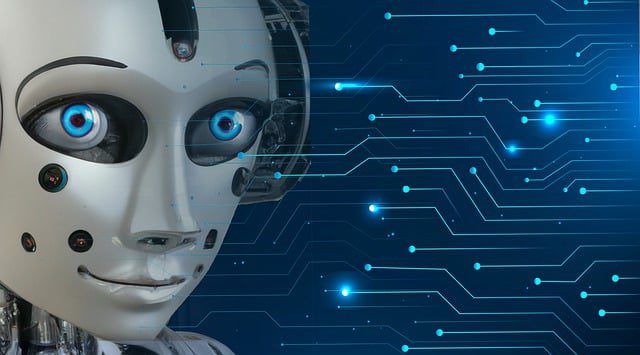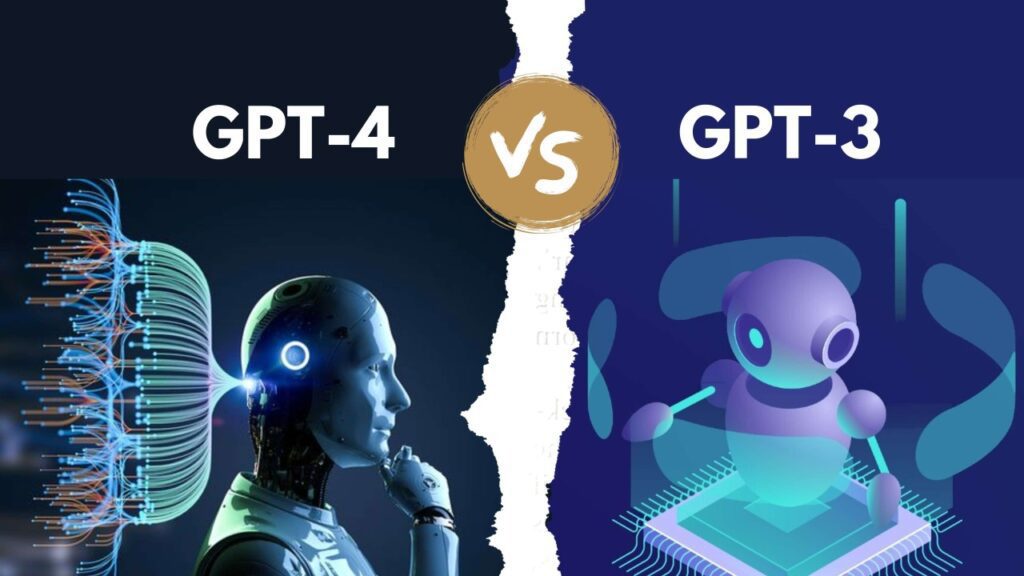
Understanding The Best Types of AI Text Generation Models
AI text content technology refers to the usage of artificial intelligence technology to create written content. Ai Text technology originated through generative technology and has actually been around since the 60s when chatbots came on the scene.

This technology uses machine learning algorithms and linguistic language processing to investigate and apprehend human language styles, allowing it to generate written content that carefully mimics human writing.
AI textual content technology has programs in numerous fields, which includes advertising, journalism, and innovative writing, and can revolutionize the way we produce written content material.
There are now many ai text generators on the market that are easy to use and can produce many types of content including text-to-art, video generation, and copywriting.
As ai tech continues to evolve and continues to improve, the AI text era is poised to become a more and more crucial device for businesses and content creators.
Let’s look at the different types of AI text generators.
There are several forms of AI text generators, each with its very own method of producing textual content.

Here are a number of the most widely used types:
- Rule-based Text Generators These are the simplest sorts of textual content turbines that observe predefined rules to generate text. They may be useful for generating easy responses, together with chatbots that reply to unique person inputs.
- Markov Chain Models These are statistical patterns that use randomness to generate text. They examine a given textual content corpus to study the frequency of words and styles and use those facts to generate new text.
- Recurrent Neural Networks (RNNs) These are deep training models that may discover ways to generate text via intensive learning on a big dataset of textual content. RNNs are mainly right at generating lengthy-form text, which includes articles or essays.
- Generative Adversarial Networks (GANs) GANs consist of two neural networks that collaborate to generate text. One network generates textual content, while the other network evaluates the accuracy of the generated textual content. The networks learn from each other, at the same time improving the quality of the text over time.
- Transformer-based models These are the most advanced AI text generators that use a deep learning architecture called a transformer. Transformer models can generate high-quality text with context and coherence and have been used to create language models like GPT-3.
Read more : 5 Best AI content generator : The ultimate guide!
CHAT GPT 3 & CHAT GPT 4
ChatGPT 3&4 Explained CHAT GPT refers back to the OpenAI’s GPT-3 and GPT-4 algorithms, which are superior non-input-type language processing techniques designed to generate human-like language and understand human language inputs.

GPT-3: GPT-3 is the 1/3 iteration of the Generative Pre-skilled Transformer (GPT) family of models, launched by way of OpenAI in June 2020.
It makes use of a deep neural network architecture with 175 billion parameters and has been skilled in a big amount of various textual content information from the net.
Plus, it is capable of appearing in a huge variety of natural language responsibilities, along with language translation, the text of completion, summarization, query answering, and extra.
GPT-4: GPT-4 is the approaching iteration of the GPT series, and as of now, there’s no legitimate release date from OpenAI.
However, there were a few announcements approximately the feasible scale of GPT-four, that’s predicted to be much large than its predecessor, GPT-three.
Furthermore, it is anticipated to have over a thousand billion parameters, which is a big increase from the hundred seventy-five billion parameters of GPT-3.
Advantages of ChatGPT 3&4 The most significant benefit of GPT-3 and GPT-4 is their ability to apprehend natural language and generate human-like responses to various prompts.
These algorithms may be utilized in a huge variety of applications, consisting of chatbots, language translation, content introduction, and greater.
Future of CHAT GPT
The GPT fashions are continuously enhancing, and their improvements have opened up many opportunities for the destiny of natural or non-verbal language processing.
How different are Neural Networks? & What is the future?
You might have heard of Neural networks. They are a sort of machine learning program stimulated via the structure and capabilities of the human brain.
They encompass layers of interconnected nodes, or “neurons” that manipulate and examine input information to produce output predictions or classifications.
Over the years, neural networks have gone through sizeable improvements in architecture, training methods, and overall performance, making them a vital tool in diverse industries, consisting of healthcare, finance, and photo and speech reputation.
The future of neural networks is vivid, with ongoing research focusing on developing more effective and efficient algorithms able to deal with complex and diverse datasets. Some of the latest trends in neural networks research consist of:
- AI Development Services of extra efficient and scalable neural community architectures which can manage huge amounts of records in real time.
- Recent advances in deep learning techniques, such as in convolutional neural networks (CNNs) and recurrent neural networks (RNNs), improve their ability to process sequential and temporal data.
- Integration of neural networks with other machine learning algorithms, such as reinforcement learning, to create more robust and adaptive systems.
- Research into the development of explainable and interpretable neural networks, which can provide insights into how the algorithm is making predictions or classifications.
Final Thoughts To wrap it up
AI text generative models have come a long way in recent years, and understanding their distinct types is essential for utilizing them effectively.
From rule-based models to neural network-based models, each type has its unique features and limitations.
As the technology continues to evolve, we can expect even more advanced models that can generate texts with greater accuracy and complexity.
With the right knowledge and tools, we can harness the power of AI text generation models to enhance our writing and communication in ways we never thought possible.




